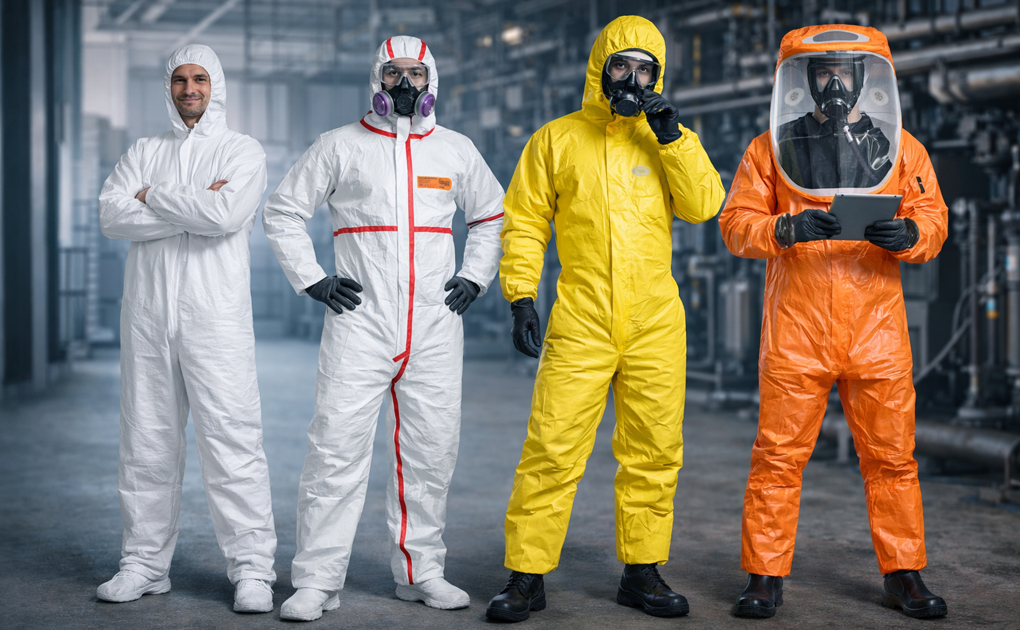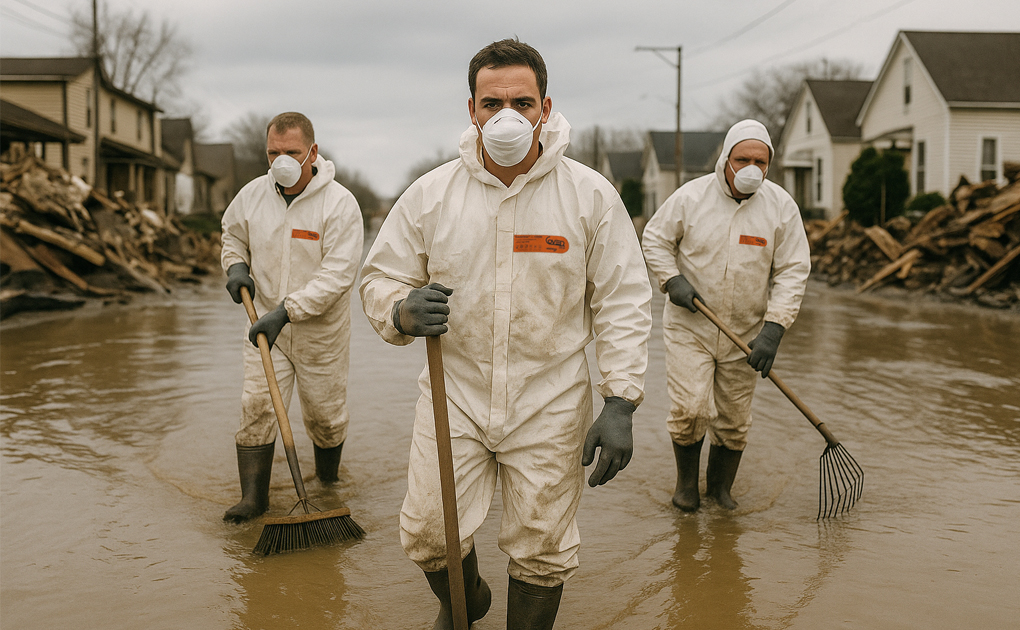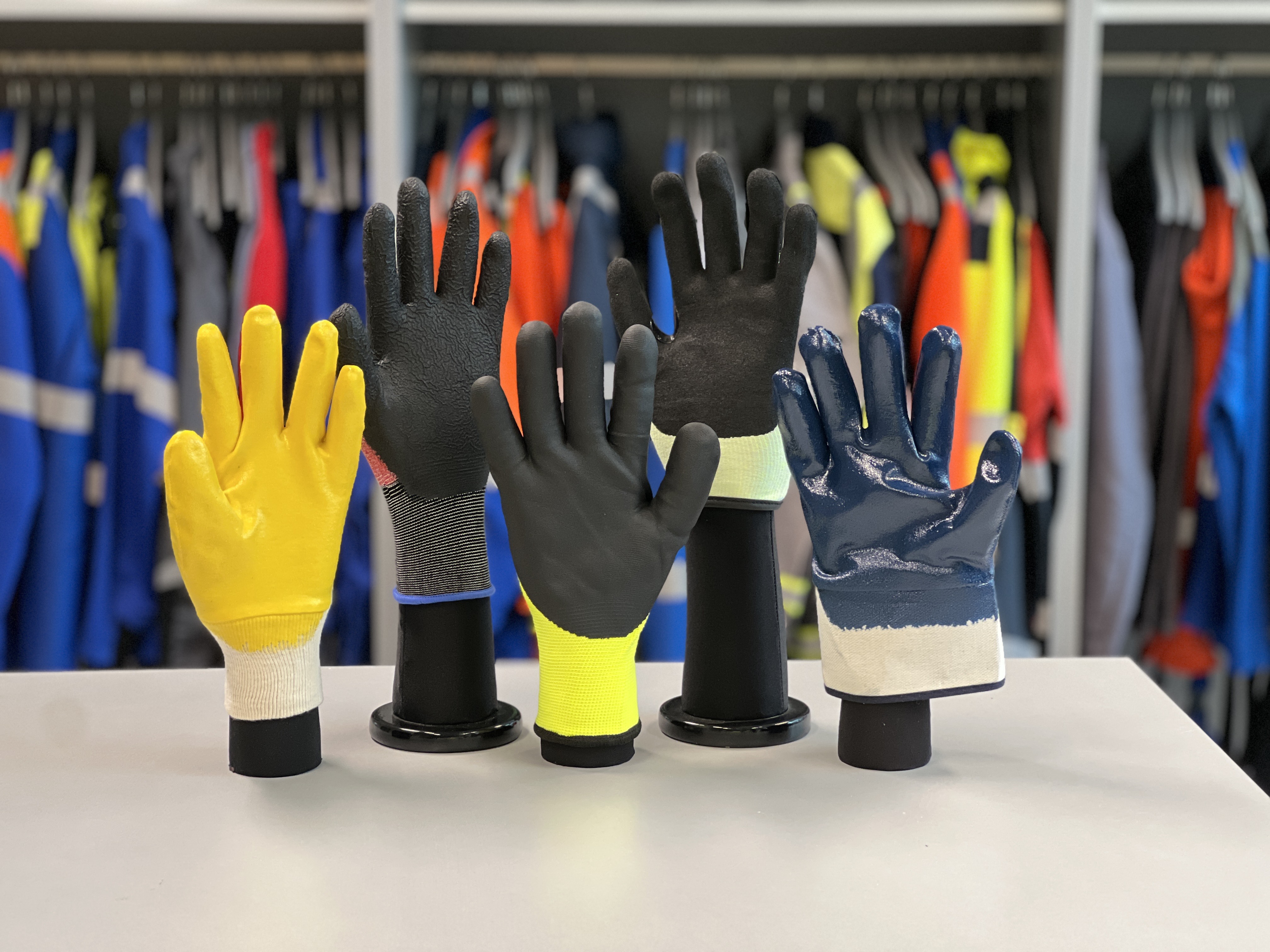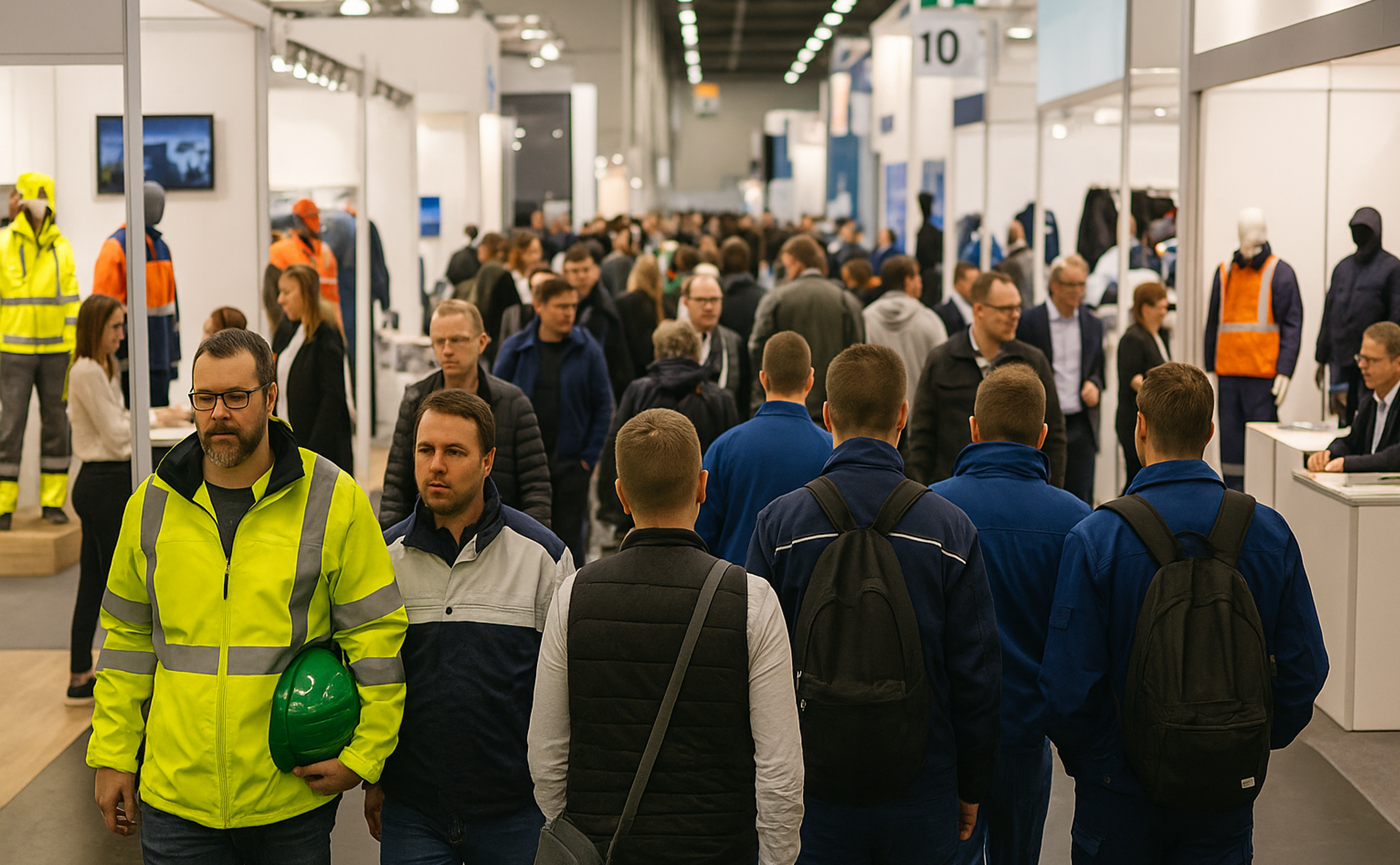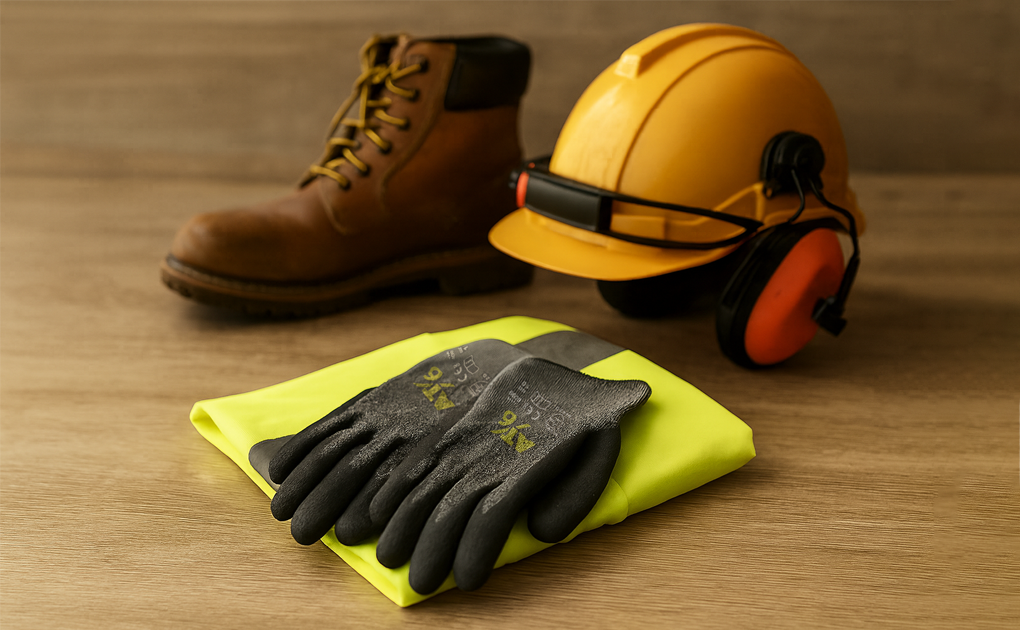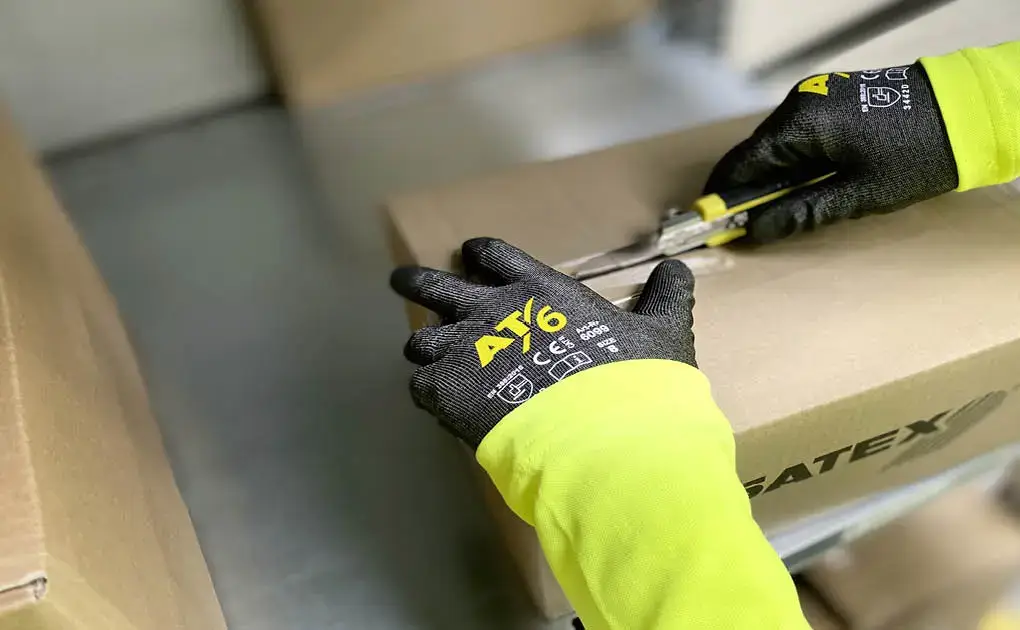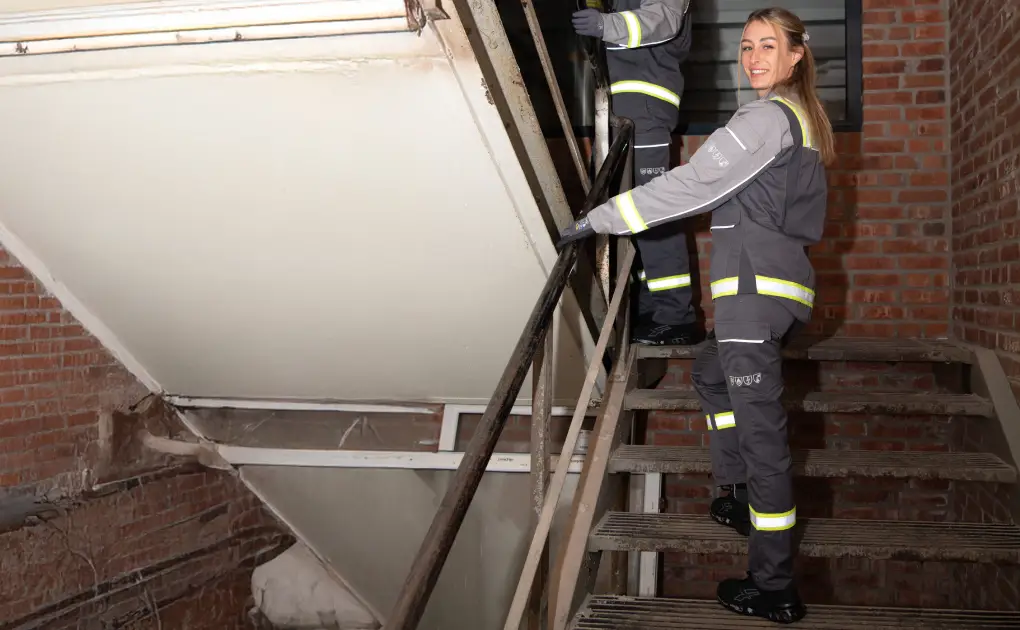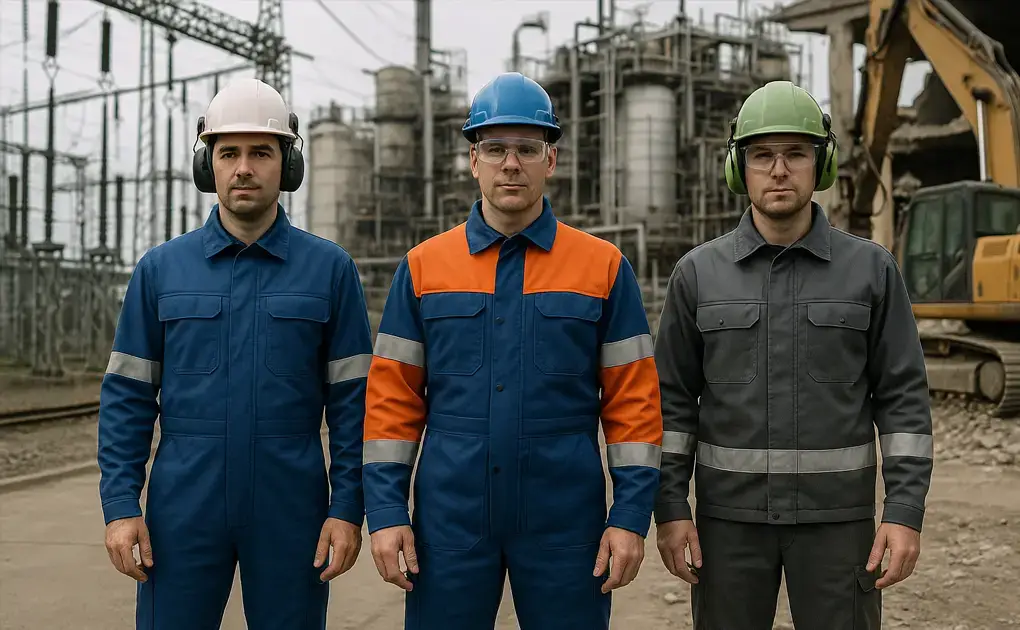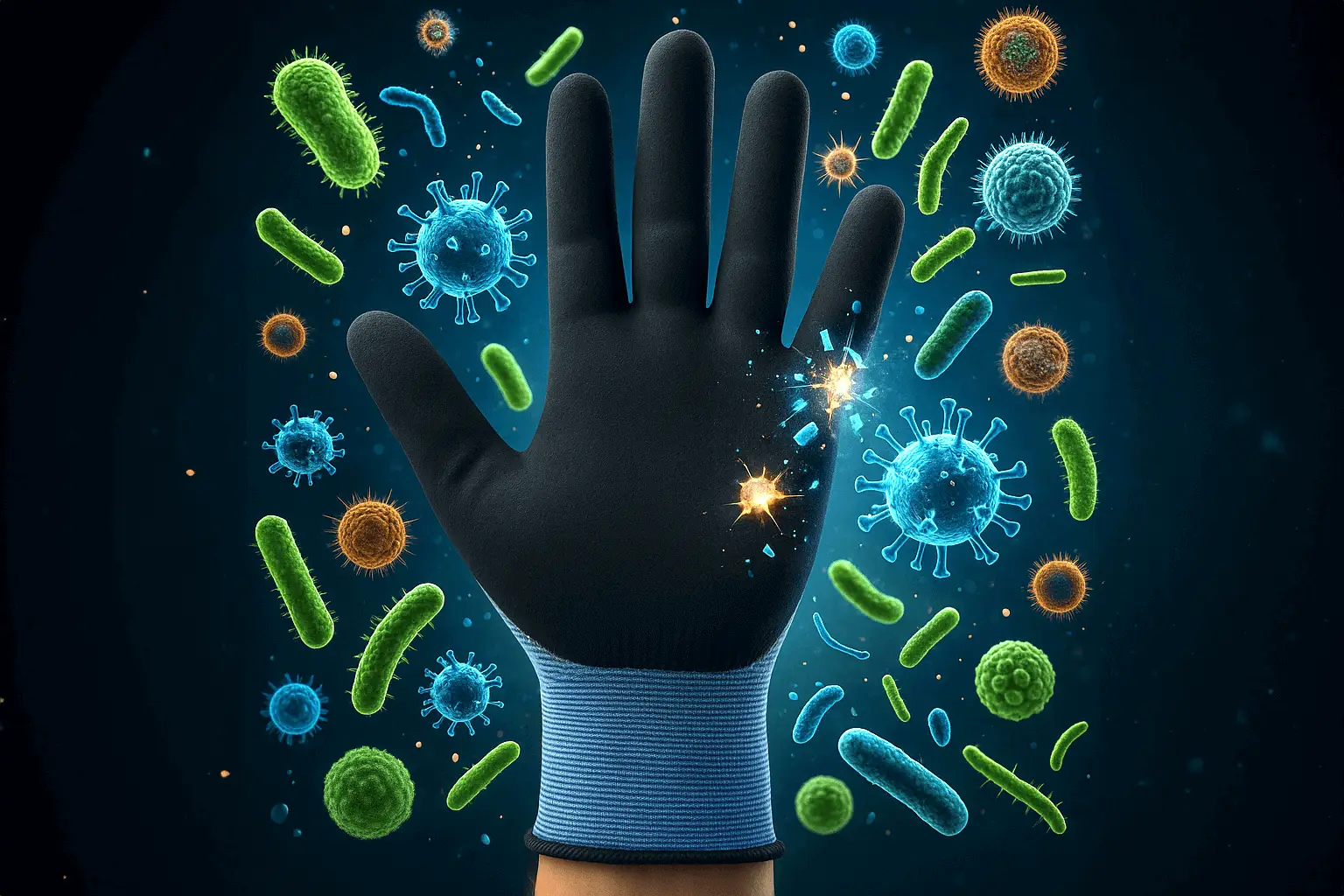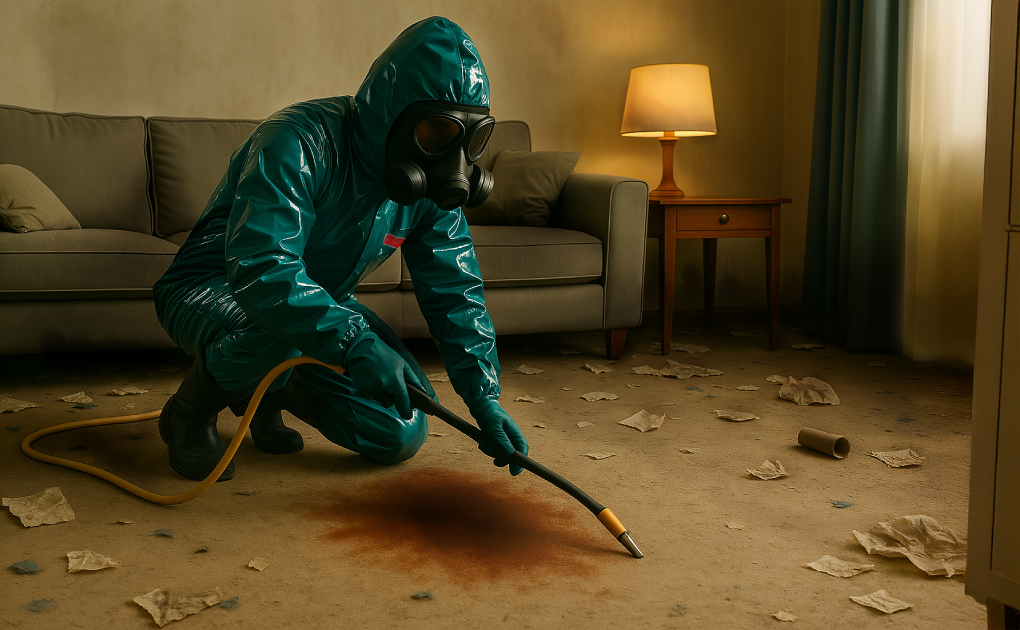Choosing the right chemical protective suit (CPS) is crucial for protecting employees who work with hazardous chemicals, gases or biological substances. European standards provide a clear, type-specific scheme for selecting the appropriate suit for the respective hazardous situation.
Working in low temperatures affects bodily functions after only a short time. Motor skills, concentration and responsiveness quickly decline, significantly increasing the risk of minor operating errors and even serious injuries from falls or hypothermia. In addition, personal protective equipment (PPE) often has to meet several requirements at once. Modern cold-weather clothing combines these protective functions in a sophisticated system, ensuring that employees can perform their tasks safely, efficiently and in good health.
Imagine: You've lost everything—your house, your car, your mementos. The rain doesn't stop, the water rises relentlessly. While you desperately try to save the bare necessities, emergency responders fight for your survival in the chaos.
Our hands are in constant use every day and have to endure a lot – whether lifting boxes, working with tools or handling oily parts. That is precisely why good hand protection is essential.
Light drizzle over Düsseldorf, hectic activity in front of the exhibition halls, thousands of trade visitors with one goal: to experience the future of safety. From November 4 to 7, 2025, the A+A opens its doors again.
Personal protective equipment (PPE) is our daily companion at work – whether it's gloves or safety clothing. But as reliable as it is in protecting us, it also depends on us to take care of it.
Cut injuries are among the most common accidents at work. Hands are particularly at risk, whether in industry, on construction sites or in food production
Imagine this: A fitter climbs down from a maintenance platform and suddenly her unisex jacket catches on a protruding part. A quick jerk and she loses her balance, narrowly escaping a fall.
Multi-standard clothing only provides real protection if it is correctly combined, tested and worn. Because PPE is not a label - it's a responsibility.
Sticky, sweaty hands are part of everyday life. This can turn work gloves into a breeding ground for bacteria and fungi. You can find out how to counteract this in this article.
In many industries, working outdoors is part of everyday life. What appears harmless at first glance can have serious long-term health consequences.
Skin irritation, breathing difficulties, allergic reactions: The oak processionary moth is an underestimated risk outdoors. Anyone who comes into contact with the stinging hairs must protect themselves effectively. What local authorities, building yards and garden centres need to know now.
In a world full of invisible dangers and psychological stress, every layer of protection counts. This article shows how professional PPE protects lives in crime scene cleaning - and why no compromises are allowed here.

